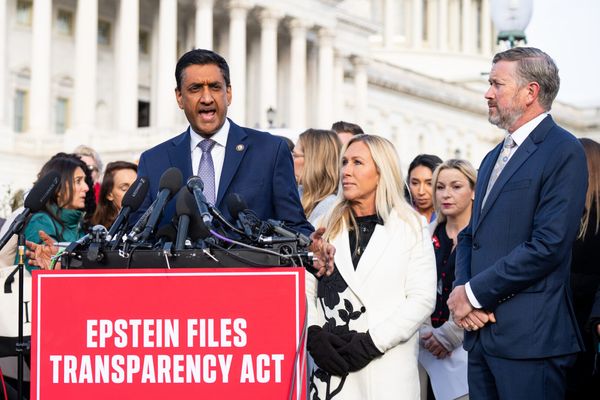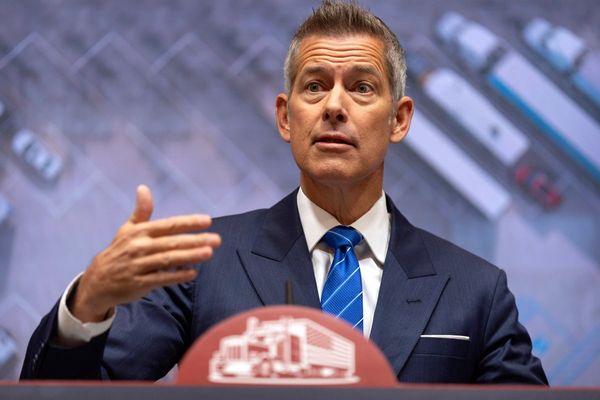Donald Trump last week imposed the steepest American tariffs on imports in over a century, levying rates as high as 50 per cent on some countries in a move described by the EU as a “major blow” to the world economy.
The US president shocked global markets as he announced minimum tariffs of at least 10 per cent on almost all exporters to the US, with much higher duties for countries that enjoy the largest trade surpluses.
Southeast Asian nations and some of the world’s weakest economies were hardest hit, compounding the effects of the Trump administration’s cuts to the USAID programme in many of those countries.
Below is The Independent’s breakdown of the countries most affected by the new levies and those that have been exempt.
Baseline tariff of 10%
A number of countries, including the UK, face what the White House described as the “baseline” tariff on their imports to the US of 10 per cent, which took effect from 5 April.
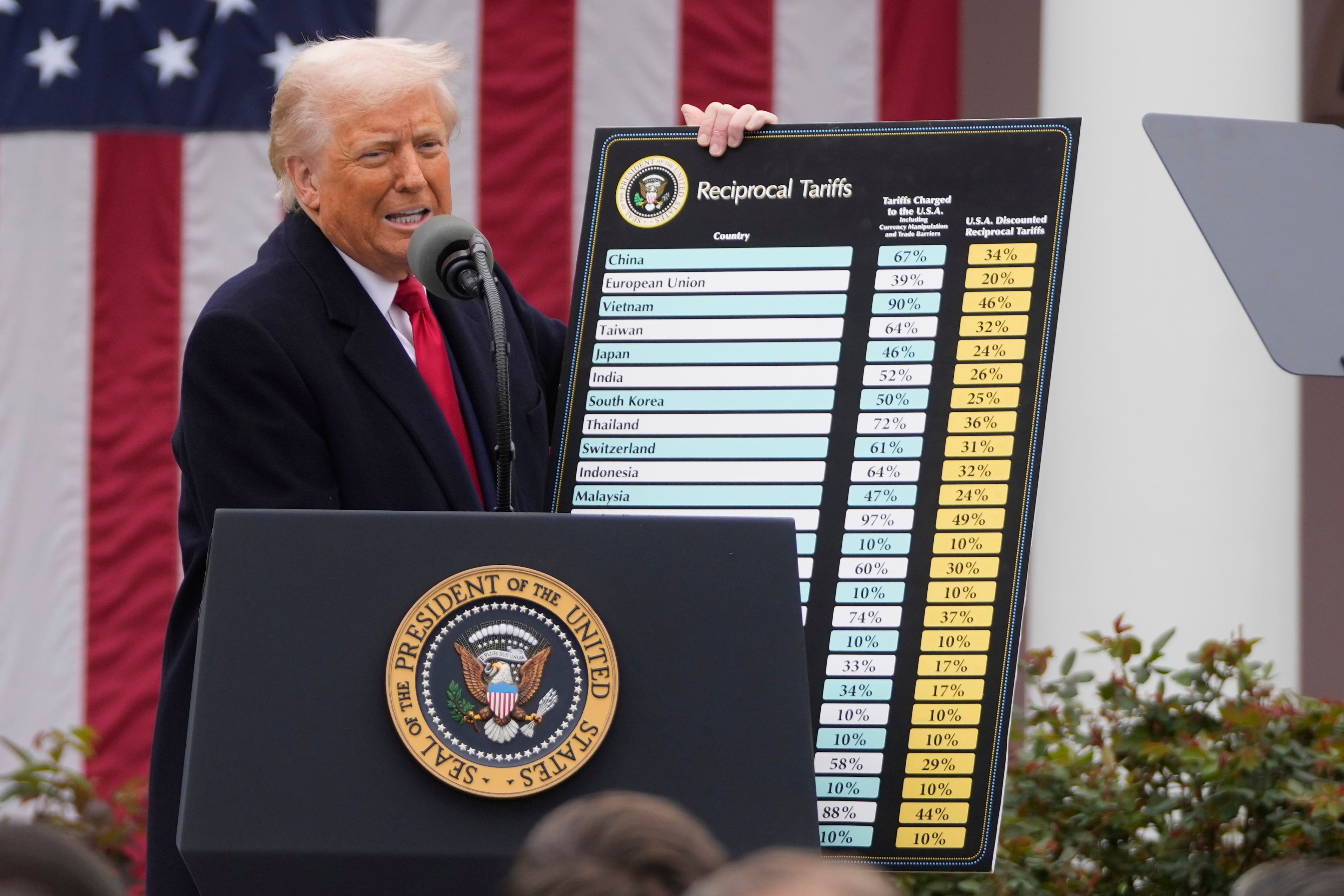
Other countries in this category include Ukraine, Australia, New Zealand, Singapore, Brazil, Turkey, Colombia, Argentina, El Salvador, the United Arab Emirates and Saudi Arabia.
Countries exempt from new tariffs
Exemptions were limited and primarily tied to existing trade agreements or special circumstances. Canada was exempt from both the 10 per cent baseline and reciprocal tariffs under the US-Mexico-Canada Agreement (USMCA). However, it remains subject to a separate 25 per cent tariff on most goods and 10 per cent on energy exports imposed in February 2025, related to immigration and drug trafficking issues, which the White House said could potentially be adjusted or replaced by the baseline tariff later.
Mexico was exempt from the new tariffs due to the USMCA, though it faces the same 25 per cent tariff from February 2025, with possible future alignment to the new framework.
Cuba, Belarus and North Korea were also not subjected to new tariffs, either because of existing sanctions or existing high tariffs.
Finally, Mr Trump chose not to include Russia on the list of new tariffs, despite adding Ukraine at 10 per cent. Last week the White House press secretary Karoline Leavitt defended the move as saying US sanctions on Moscow already “preclude any meaningful trade”. But on Sunday officials had another excuse – arguing that introducing new tariffs against Russia would complicate Ukraine ceasefire talks. It’s not clear why Ukraine was not exempt for the same reason.
Countries hit hardest by new tariffs
The following countries face the highest tariff rates under Mr Trump’s so-called “reciprocal tariff” regime, with the White House saying this reflected their significant trade surpluses with the US or high barriers to American exports. These tariffs will come into effect on 9 April.
- Cambodia: 49% reciprocal tariff
Cambodia has been hit with the highest rate of 49 per cent. A developing economy where nearly 18 per cent of the population lives below the poverty line, the majority of its people rely on agriculture, with small-scale farmers vulnerable to climate change, fluctuating crop prices, and land disputes.
- Vietnam: 46%
A major exporter to the US, Vietnam was hit with a 46 per cent tariff despite taking urgent measures to reduce its trade surplus with Washington in recent weeks, including cutting tariffs on a wide range of goods destined for the US. The steep levy was imposed as the country increasingly became a conduit for Chinese goods seeking to evade tariffs, US officials alleged. Chinese manufacturers have previously moved their operations to countries like Vietnam and Cambodia, not just for lower operating costs but also to circumvent trade barriers.
- Sri Lanka: 44%
Sri Lanka faced the fourth largest tariff despite being a major exporter to the world.
- Bangladesh: 37%
Bangladesh, a top clothing exporter, suffered a major blow as it was hit with a 37 per cent tariff. Already in crisis since its leadership was ousted last August, its garment industry relies heavily on US exports, making up around $7bn annually.
- Thailand: 36%
Thailand faces a 36 per cent reciprocal tariff under Mr Trump’s new trade policy. This targets its significant trade surplus and barriers, impacting exports like electronics and textiles to the US.
China, a major US rival and trading partner, has been hit with massive 104 per cent duties on Chinese goods. Mr Trump nearly doubled duties on Chinese imports, which had been set at 54 per cent last week, in response to counter-tariffs that Beijing announced.
The China State Council Tariff Commission announced a 34 per cent reciprocal tariff last week, saying it was hitting back against “bullying” from the Trump administration.
“If the US insists on having its way, China will fight to the end,” the Chinese commerce ministry added.
Top Chinese brokerages pledged to join efforts by Chinese state holding companies to help steady domestic share prices in response to the tariff-induced turmoil.
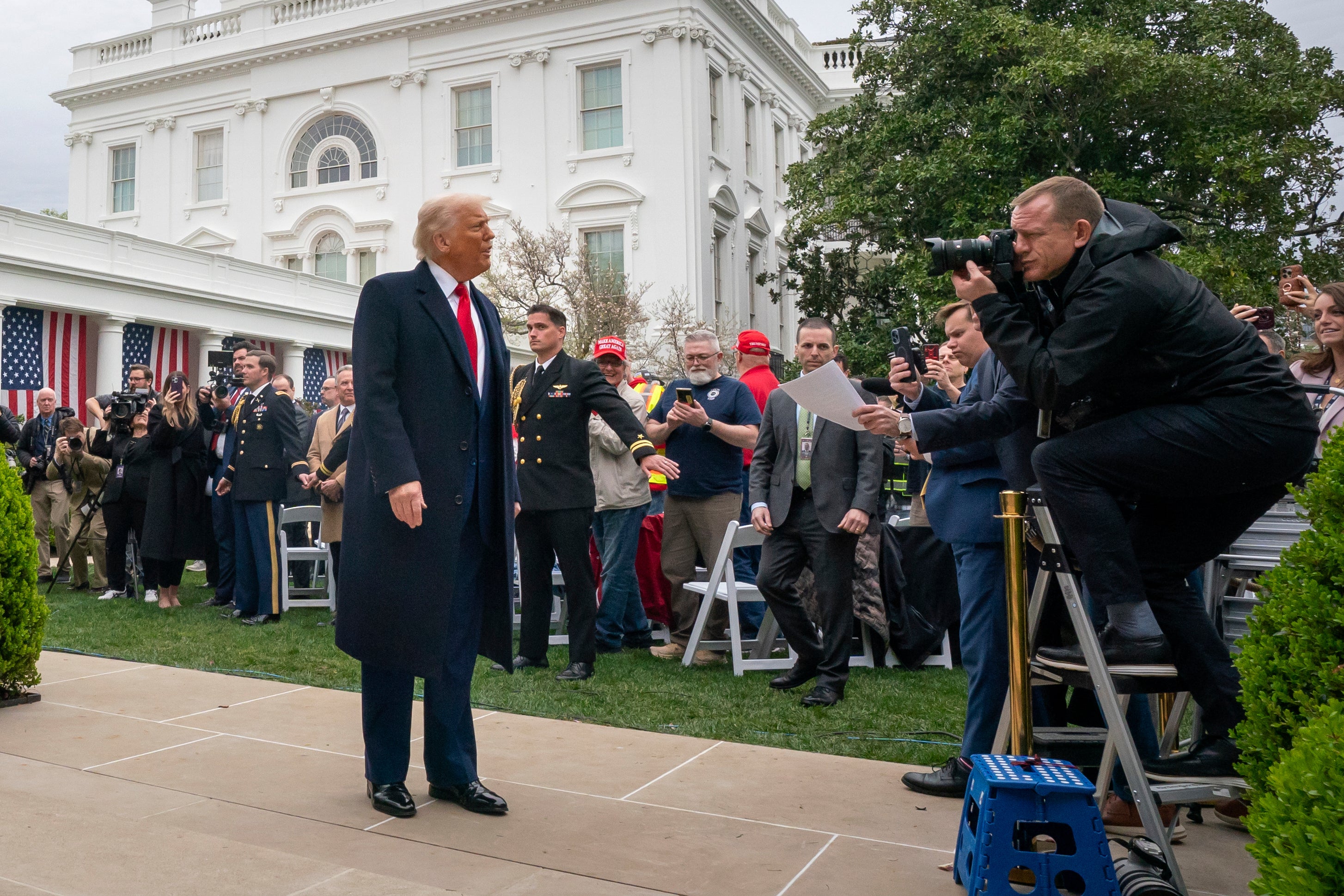
- Taiwan: 32%
A semiconductor giant and significant tech exporter, Taiwan has been targeted with 32 per cent tariff for its trade surplus and barriers. These tariffs do not yet apply to semiconductors, possibly due to the complexity of the supply chain.
- Switzerland: 31%
Switzerland has been hit with high tariffs despite its smaller trade volume. It was likely due to its own high tariffs on US goods such as agricultural products.
India, one of biggest trading partners in Asia, has been hit with what Mr Trump said was a “discounted” reciprocal tariff of 26 per cent. He has repeatedly accused India of “very very high tariffs” and called it the “tariff king” for its average levy on American goods of 52 per cent.
- South Korea: 25%
A major US ally, South Korea has still been targeted for its trade surplus and barriers. The tariffs come at a vulnerable time as the country reels from a political crisis that has left it without an elected leader.
- Japan: 24%
Another US ally, Japan, described the 24 per cent tariff as “extremely regrettable.” Trade experts said they did not expect such a steep rate, given that Tokyo’s average tariff on non-agricultural goods is approximately 2.4 per cent, among the lowest in the world.
- European Union (EU): 20%
Treated as a single entity, the EU has been hit with a 20 per cent tariff due to a $235.6bn trade deficit with the US in 2024 and higher tariffs on American goods.
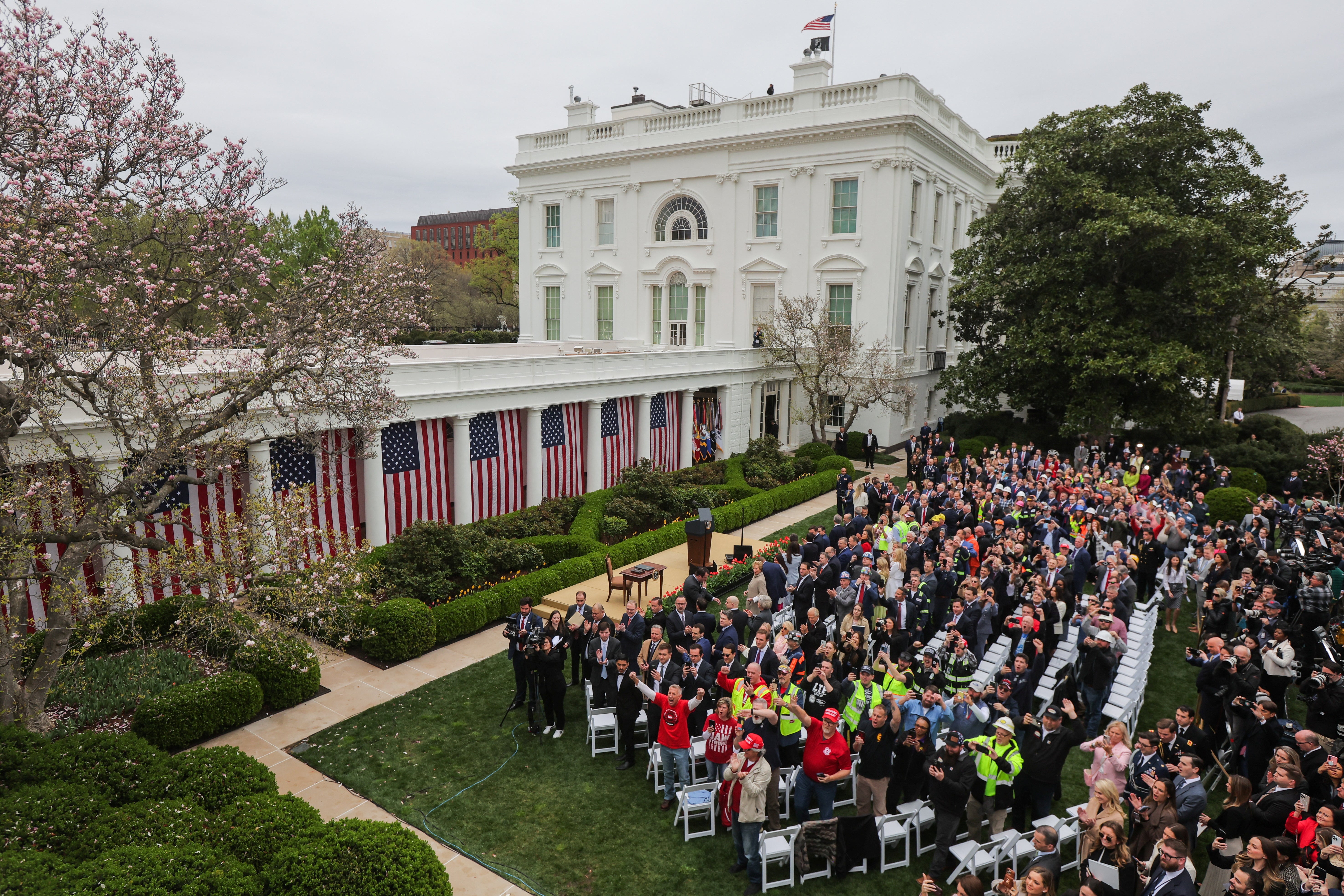
Trump’s custom tariffs list in full
This list was supplied by the White House as an annex document following Mr Trump’s news conference. It does not include countries that are facing the 10 per cent “baseline” tariff.
Algeria 30%
Angola 32%
Bangladesh 37%
Bosnia and Herzegovina 36%
Botswana 38%
Brunei 24%
Cambodia 49%
Cameroon 12%
Chad 13%
China 34%
Côte d`Ivoire 21%
Democratic Republic of the Congo 11%
Equatorial Guinea 13%
European Union 20%
Falkland Islands 42%
Fiji 32%
Guyana 38%
India 27%
Indonesia 32%
Iraq 39%
Israel 17%
Japan 24%
Jordan 20%
Kazakhstan 27%
Laos 48%
Lesotho 50%
Libya 31%
Liechtenstein 37%
Madagascar 47%
Malawi 18%
Malaysia 24%
Mauritius 40%
Moldova 31%
Mozambique 16%
Myanmar (Burma) 45%
Namibia 21%
Nauru 30%
Nicaragua 19%
Nigeria 14%
North Macedonia 33%
Norway 16%
Pakistan 30%
Philippines 18%
Serbia 38%
South Africa 31%
South Korea 26%
Sri Lanka 44%
Switzerland 32%
Syria 41%
Taiwan 32%
Thailand 37%
Tunisia 28%
Vanuatu 23%
Venezuela 15%
Vietnam 46%
Zambia 17%
Zimbabwe 18%.
